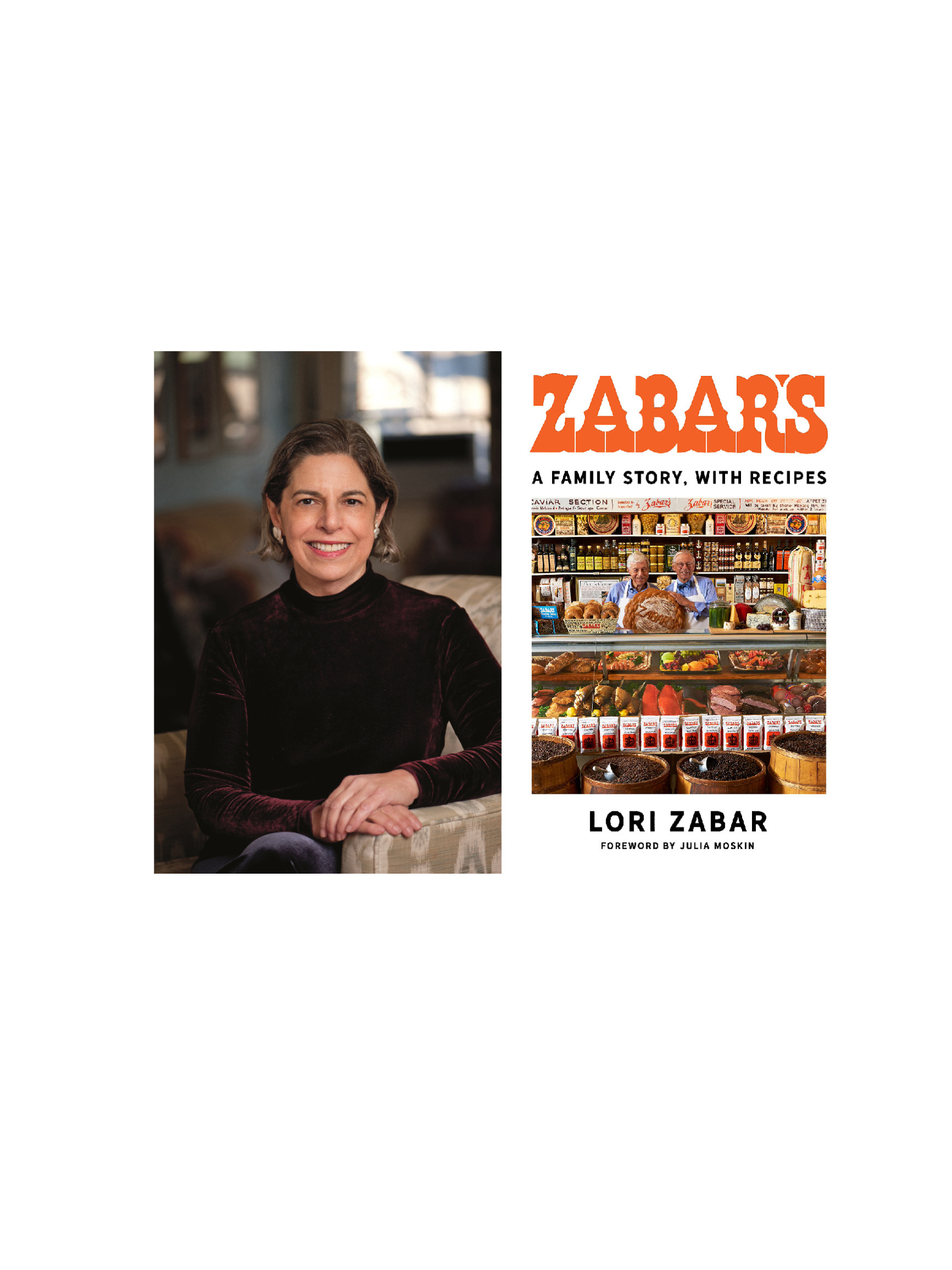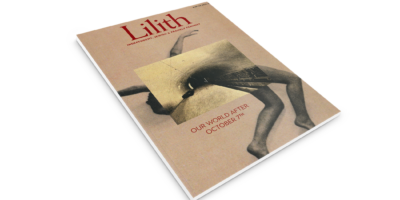
Remembering Lori Zabar
Recently, a copy of Zabar’s: A Family Story, with Recipes (Schocken, $28.00) came across my desk, I felt a pang. Chatting with Lori about her book was not going to be possible. After a five-year battle with cancer, she died at the age of 67, on February 3, 2022. And because I had met Lori and helped in the shaping of this book, I was moved to write a few words about her.
Born on July 16, 1954, Lori was a life-long New Yorker who loved the art, architecture, and the dynamic culture of all cities, but especially that of her own. She graduated from Barnard College, Columbia School of Architecture Historic Preservation Program, and NYU School of Law. She practiced law, and went to become the first Director of the NYC Historic Properties Fund at the New York Landmarks Conservancy. Later she co-owned Kurland-Zabar antiques gallery with Catherine Kurland and for many years was a researcher in the American Wing of The Metropolitan Museum of Art.
We met through a mutual friend, and she came to me with approximately thirty-two separate documents—all intriguing snippets of the larger tale she wanted to tell about her family and how they came to establish Zabar’s and then turn it into the thriving business that it is today.
As the granddaughter of founder Louis Zabar, Lori knew all about the counter in the dairy store on Broadway and 80th where he sold smoked fish to the neighborhood’s denizens. But Louis did not operate solo. His wife—and Lori’s grandmother—Lillian was an integral part of the business and Lori makes sure that her outsized personality comes shining through. There is a photograph of Lillian in 1927: newly married, hand on her hip, she looks ready to take on the world. We see her again in 1938, a young mother proudly standing with her husband and two sons, and still later, in 1967, dancing the hora at Lori’s bat mitzvah. Her recipes—for chicken soup with matzah balls, cheese blintzes with blueberry sauce, latkes, kugel, chopped liver, gefilte fish, and stuffed cabbage—are sprinkled throughout these pages.
In my meetings with Lori, I found her a quietly delightful person—modest but so smart, an accomplished writer but just at the beginning of her journey to shape these many anecdotes into a cohesive tale. Her work ethic was superlative and her clothes—always original, always fetching—were yet another example of her discerning eye and consummate good taste. When I later learned the manuscript had found a publisher, I was filled with pride for her, and then deeply saddened to learn that she died in February of this year, just months before the book’s publication.
Nora Ephron called Zabar’s, “The most rambunctious and chaotic of all delicatessens, with one foot in the Old World and the other in the vanguard of every fast-breaking food move in the city.” Lori Zabar had a keen appreciation for both the old and the new and as such, she was the perfect chronicler for this story.



